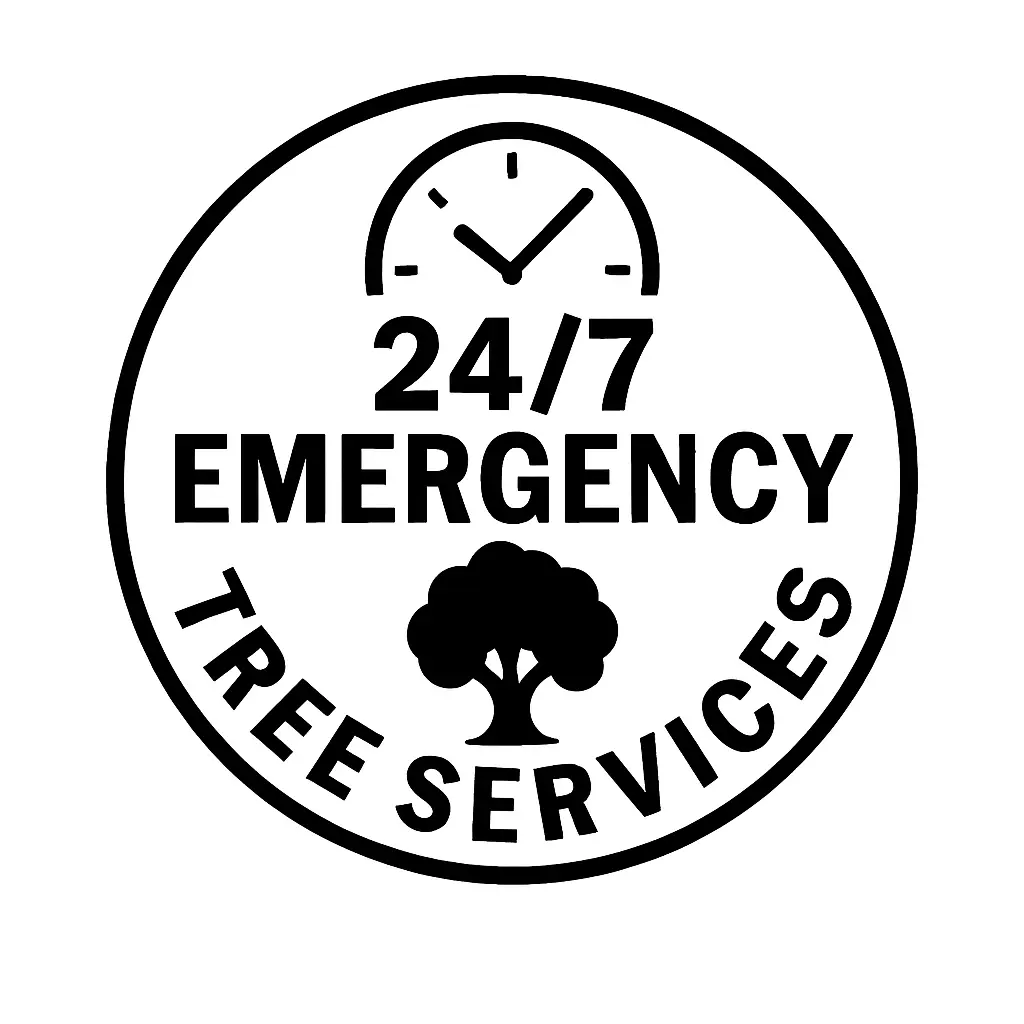Love them or hate them, mulberry trees are a familiar sight in the Bronx and Manhattan. These hardy urban survivors provide lush shade and sometimes a sweet treat. But those juicy berries leave nasty stains on just about everything, and their roots have a bad habit of causing trouble! At Owens Brothers Tree Service, we’ve seen firsthand New Yorkers’ complex relationship with these trees.
There’s no denying it: mulberry trees are tough. They thrive in our urban environment, growing fast and providing much-needed shade. Many people even enjoy their sweet-tart berries – if they can get to them before the birds do.

Reasons to Remove a Mulberry Tree
Mulberry Berry Drop
The inevitable berry drop is one of the most frustrating aspects of having a mulberry tree on your property. When these berries ripen, they don’t fall to the ground—they explode. The juicy fruits split open upon impact, splattering their deep purple or red juice onto anything unfortunate enough to be below. This can lead to unsightly stains on sidewalks, driveways, cars, outdoor furniture, and even your home’s siding.
Not only are these stains challenging to remove, but they can also attract unwanted pests, like flies and ants. The fallen berries can also create a slippery mess on walkways, posing a safety hazard. Cleaning up the splattered fruit is a tedious and ongoing task throughout the fruiting season, adding another chore to a homeowner’s to-do list.

Mulberry Trunk Splitting
Apart from the berry mess, mulberry trees are notorious for their tendency to split. This is due to a few factors. First, their wood is relatively weak and brittle, making it prone to cracking under stress. Second, their rapid growth rate can lead to weak branch unions, where branches are not firmly attached to the main trunk. This can cause the tree to split when faced with strong winds or heavy snow loads.
Additionally, mulberry trees often develop multiple trunks or leaders, which can compete for dominance and strain the tree’s structure. Over time, this can lead to splitting at the base of the trunk or where the leaders diverge.A mulberry tree splitting can be a significant safety hazard. Large falling branches can damage property, injure people, or block roadways. It’s crucial for homeowners with mulberry trees to be aware of this risk and to take preventative measures, such as regular pruning to maintain a strong structure and remove any weak or damaged branches.
Mulberry Tree Removal
Sometimes, despite their benefits, a mulberry tree becomes too problematic. Its roots might compromise your home, or the mess is unbearable. At Owens Brothers Tree Service, we specialize in safe and efficient tree removal, even in the tight urban spaces of the Bronx and Manhattan. We make sure even the most stubborn mulberry leaves without a trace. If you need your mulberry tree trimmed or removed and happen to live in the Bronx or Manhattan, please give us a call.

Alternatives to Tree Removal
If you’re not ready to part with your mulberry, regular pruning and maintenance can help keep it in check. Hiring a tree cutting service to trim back branches reduces the amount of fruit produced, and careful root management can sometimes prevent major damage.
Where to Spot Mulberries in the Bronx/Manhattan
Want to see a mulberry tree in person? Here are some likely spots:
- The Bronx
- Pelham Bay Park
- Van Cortlandt Park
- Bronx Zoo (from a distance!)
- Fordham University area
- Tremont
- Bronx River Forest
- St. Nicholas Park
- Manhattan
- Central Park (in less-maintained areas)
- Morningside Park
- Columbia University neighborhood
- New York Botanical Garden (unlikely mulberries here, but a great tree resource overall!)
- Claremont Park

The Mulberry’s Downside
If you’ve ever parked under a mulberry tree, you know the stains those berries leave are no joke! They cling to sidewalks, cars, and anything else they land on. Plus, a mulberry’s root system is shallow and aggressive, meaning it can easily crack foundations, invade plumbing, and generally make itself a nuisance. Let’s not forget the sheer size these trees can reach, overwhelming smaller yards and attracting flocks of messy birds. And that’s not all…
- Diseases and Pests: Like any tree, mulberries aren’t immune to problems. They can fall prey to diseases, including:
- Bacterial blight: Causes leaf spots, dieback, and cankers.
- Canker: Fungal diseases causing sunken areas on the branches or trunk.
- Powdery Mildew: A white, powdery coating on leaves.
- Pests: Scale insects are common pests on mulberries and can weaken the tree.
Wrapping Up Mulberry Tree Care
Mulberry trees truly divide opinion! They offer shade and sometimes fruit, but also a mess and potential damage. Every tree situation is unique, and there’s no single correct answer. If you’re struggling with a mulberry on your property, Owens Brothers Tree Service is here to help. Contact us for a free consultation, and we’ll work with you to find the best solution.





